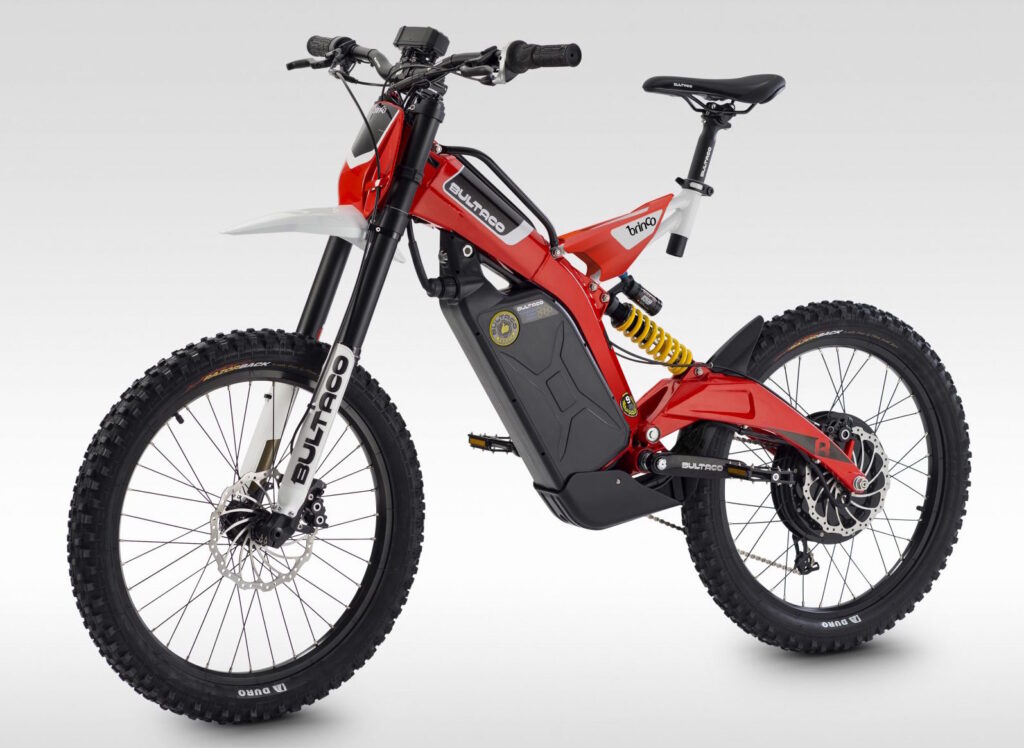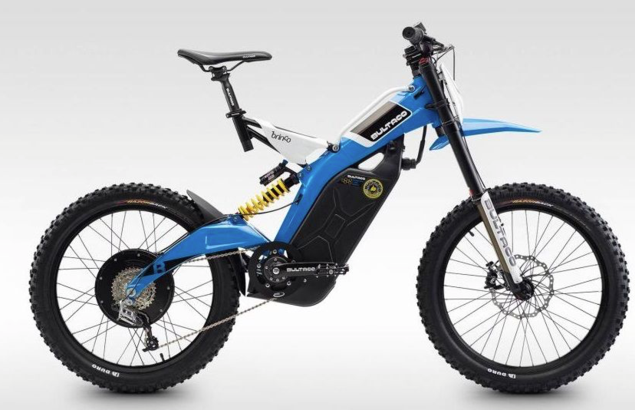The passing of California Assembly Bill 1096, effective January 1, 2016, redefines what constitutes a motorized bicycle in the California Vehicle Code. It is an inspired piece of legislation that the electric-motorized bicycle industry is betting on to be a boon to their product sales. Still, the bill is so confusing that even its backers are not in agreement over what it accomplishes or constitutes. A lot of demystification is in order.
Redefine motorized
California Assembly Bill 1096 or AB-1096 redefines the definition of a motorized bicycle in California’s vehicle code. Prior to AB-1096, all electric-motorized bicycles were “motorized” and that lumped them in with gas-powered mopeds. AB-1096 separates electric from gas powered motors and breaks them into three classes.
Class 1 and Class 2 electric bicycles will have less than 750 watts and cease to provide power when the bike exceeds 20 miles per hour. A Class 1 electric bike provides power only when the rider is pedaling while a Class 2 electric bike does not require any rider pedaling to dole out its power. That is done with a twist grip throttle or thumb push throttle.
The Class 3 electric motorized bike cuts its power off when the bike reaches 28 miles per hour no matter how you are applying the power. Think of this as the moped of electric-motorized bikes because a Class 3 electric motorized bike is restricted from where Class 1 and Class 2 bikes will be permitted to roam
Electric motorized bike manufacturers and distributors will be required to affix a permanent label that lists the bike’s class, top assisted speed and wattage, but that part of the law doesn’t take affect until January 2017. It is not clear how law enforcement will be able to determine an electric-powered bicycle’s class during 2016.
Your trail will be motorized
Once AB-1096 separated electric-powered bicycles from gas-powered bicycles, the bill’s next stunning achievement was to open up bike paths to Class 1 and Class 2 electric motorized bicycles. This was accomplished by rewriting California Vehicle Code’s section 21207.5.
Electric-powered bicycles being illegally operated on California’s bike paths have been mostly overlooked by law enforcement, but as of January 1, 2016, electric-powered bicycle riders no longer have to look over their shoulders. AB-1096 rewrites the law to open these bike paths to Class 1 and Class 2 electric-powered bicycles. But, it doesn’t stop there. California Vehicle Code section 21207.5 now permits Class 1 and Class 2 electric-powered bicycles to head off pavement to equestrian, hiking and recreational trails. This is a truly amazing accomplishment as the law, for the first time, opens trails set aside for human-powered activity to motorized use.
This may be the most confusing part of the bill because even those who backed its passage are not in agreement over how far reaching this change was intended to be or will be. As of January 1, 2016, Class 1 or Class 2 electric motorized bikes will be permitted on any trail or path where bikes are currently permitted. The bill does not tie land managers’ hands, however. While it opens the gates to motorized vehicle use on their trails, it gives land managers the power to prohibit, by ordinance, electric-motorized bikes in areas deemed inappropriate for these motorized vehicles. An example of this took place on June 1, 2016 when The Mountains Recreation and Conservation Authority amended the park’s ordinance to prohibit all classes of electric-motorized bicycles from their managed area (a huge land swath managed by The Santa Monica Mountains Conservancy, The Conejo Recreation and Park District and The Rancho Simi Recreation and Park District). More recently, all Angeles District California State Parks prohibited all classes of electric-motorized bicycles from their parks’ trails.
No overnight sensation
The alarmists’ vision of electric-powered bikes running into baby joggers at 20 miles per hour along the Venice Bike Path or forcing Sycamore Canyon hikers to jump for their lives is unfounded and exaggerated, for now. Manufacturers pushed AB-1096 through California’s legislature because electric-powered bike sales have been disappointing, not because there is a sizable user group. It is the manufacturers’ hope that rewriting the California vehicle code will give potential electric bike buyers more incentive to buy and will hopefully jump start their electric-motorized bike sales.
While AB-1096 opens the floodgates to electric-powered bikes in 2016, it will be more of a trickle than a flood. There are just not that many electric-powered bike owners yet. This does not mean there is no reason for concern. The opening of equestrian, hiking and recreational trails to motorized activity has the potential to alter the outdoor experience for many trail users. The changes also introduce a new fire hazard to areas difficult for fire fighters to protect. The full impact of AB-1096, like almost all new laws, will be felt over time.

